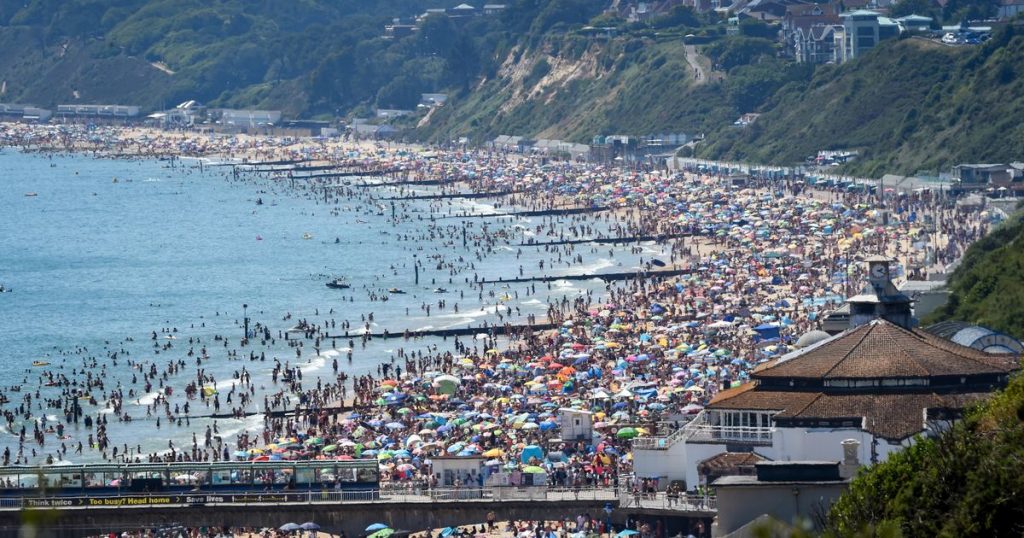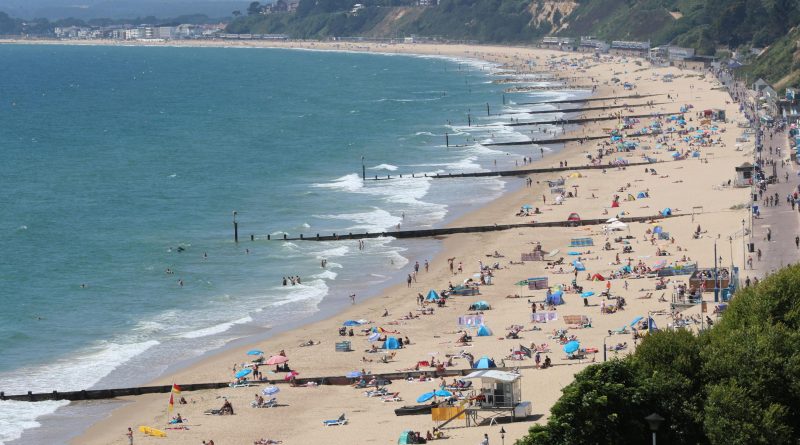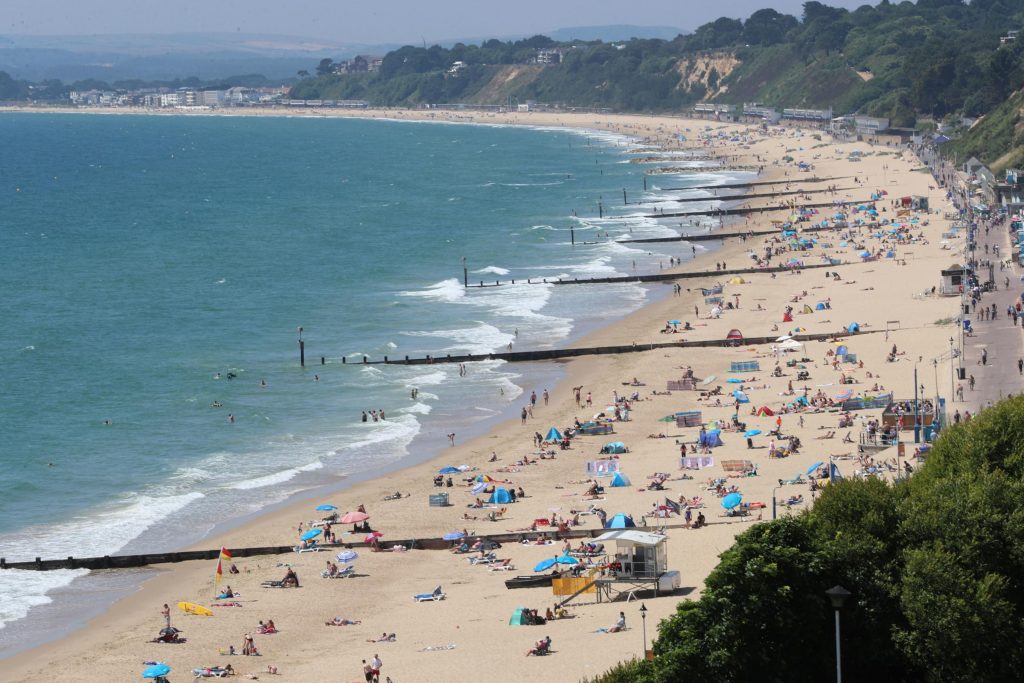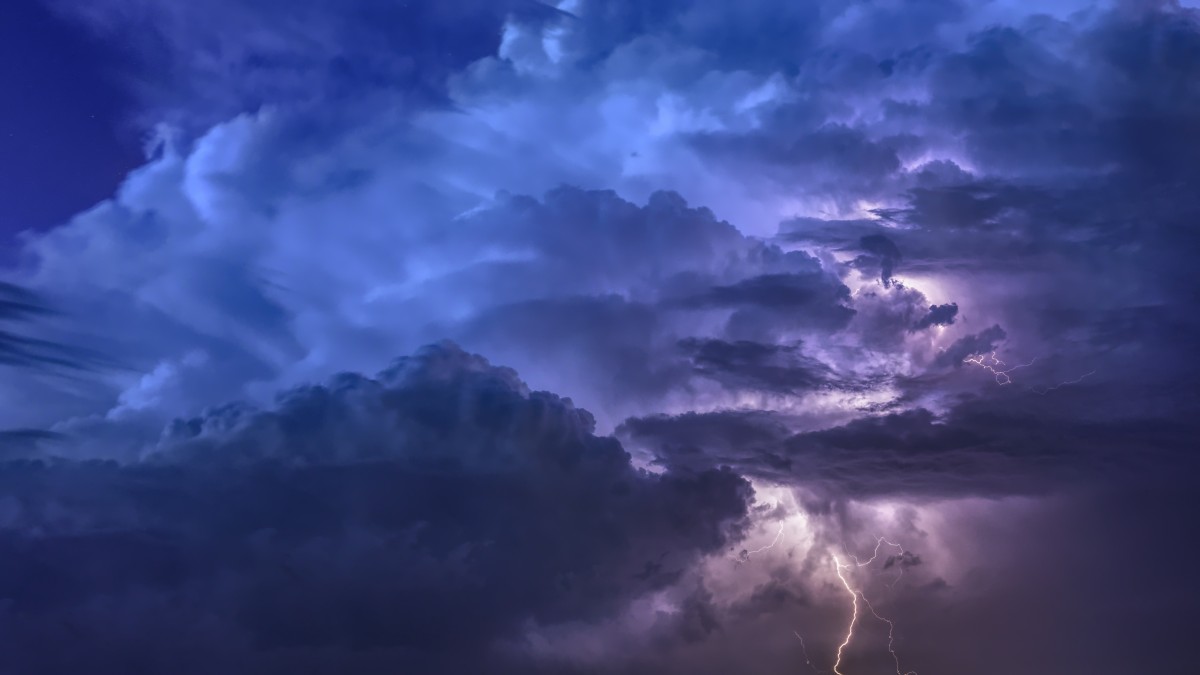The Growing Phenomenon of Migration Due to Environmental
The Growing Phenomenon of Migration Due to Environmental – In recent years, the world has witnessed a significant increase in the phenomenon of migration driven by environmental changes. Rising temperatures, extreme weather events, sea-level rise, and environmental degradation are forcing millions of people to leave their homes in search of safer and more sustainable living conditions. In this article, we’ll explore the growing trend of environmental migration and its implications for individuals, communities, and policymakers.
1. Understanding Environmental Migration:
Environmental migration refers to the movement of people from their homes or places of habitual residence due to environmental factors that negatively affect their livelihoods or well-being. These factors can include natural disasters such as hurricanes, floods, and wildfires, as well as slow-onset environmental changes such as desertification, land degradation, and sea-level rise. Environmental migrants may relocate internally within their own countries or cross international borders in search of safety and stability.
2. Drivers of Environmental Migration:
Several factors contribute to the growing phenomenon of environmental migration. Climate change is a major driver, as rising temperatures and changes in precipitation patterns can lead to more frequent and intense extreme weather events, as well as gradual environmental changes such as desertification and loss of arable land. Other drivers include environmental degradation, such as deforestation, soil erosion, and water scarcity, which can undermine livelihoods and force people to move in search of better opportunities.
3. Impacts on Communities and Individuals:
Environmental migration can have profound social, economic, and psychological impacts on affected communities and individuals. Displacement can disrupt social networks and cultural ties, leading to feelings of loss, isolation, and insecurity. For many migrants, the journey to a new destination can be perilous, involving risks such as human trafficking, exploitation, and violence. Moreover, resettlement in unfamiliar environments can pose challenges in terms of access to basic services, employment, and housing.

4. Challenges for Policymakers:
Environmental migration poses significant challenges for policymakers at the local, national, and international levels. Addressing the needs of environmental migrants requires comprehensive policies and strategies that prioritize human rights, protection, and resilience-building. Policymakers must develop mechanisms for early warning, disaster preparedness, and risk reduction to mitigate the impacts of environmental disasters and prevent forced displacement. Additionally, there is a need for international cooperation and solidarity to address the root causes of environmental migration and support affected communities and countries.
5. Opportunities for Adaptation and Resilience:
While environmental migration presents challenges, it also offers opportunities for adaptation and resilience-building. Investing in sustainable development, ecosystem restoration, and climate change mitigation can help reduce the risks of environmental displacement and build the resilience of vulnerable communities. Moreover, providing support for environmentally displaced persons, including access to education, healthcare, and livelihood opportunities, can help facilitate their integration into new communities and promote social cohesion.
Conclusion:
In conclusion, the growing phenomenon of migration due to environmental changes underscores the urgent need for action to address the root causes of displacement and support affected communities and individuals. By understanding the drivers, impacts, and challenges of environmental migration, policymakers, practitioners, and communities can work together to develop holistic solutions that promote resilience, protect human rights, and build a more sustainable and equitable future for all.
Read More
























































